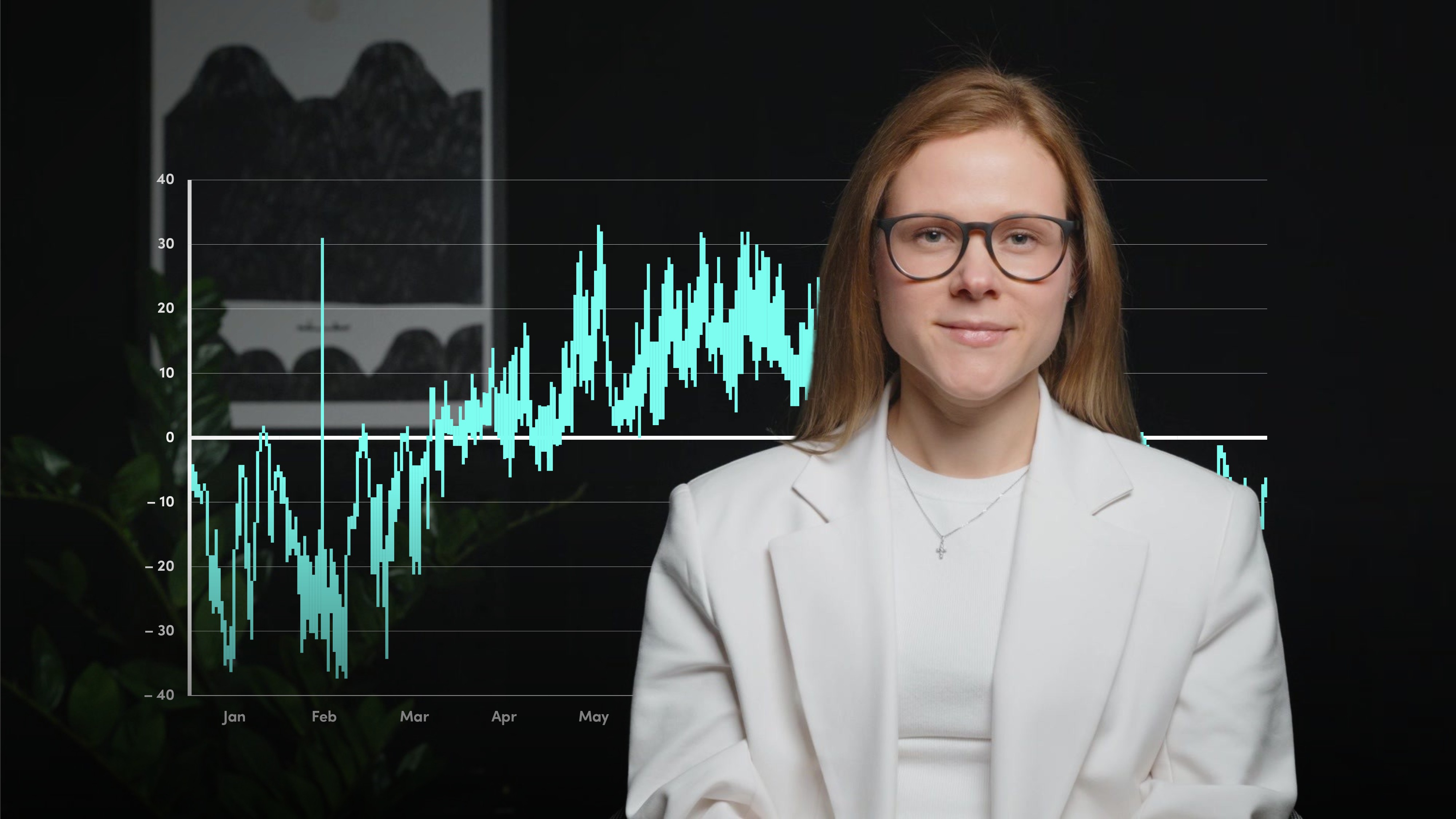
The Arctic Evidence of Climate Change

Elena Doms
15 years: Climate Advisor and Advocate
This video focuses on climate change's impacts on the Arctic and the planet. Elena shares her experiences growing up in the Arctic as well as the changes it is experiencing because of climate change. She finishes by discussing the real-world impacts this is having on local communities in the Arctic.
This video focuses on climate change's impacts on the Arctic and the planet. Elena shares her experiences growing up in the Arctic as well as the changes it is experiencing because of climate change. She finishes by discussing the real-world impacts this is having on local communities in the Arctic.

The Arctic Evidence of Climate Change
10 mins 38 secs
Key learning objectives:
Understand the fact that the Arctic is warming faster than the rest of the planet
Outline the real-world impacts of a warming Arctic
Overview:
Today, the Arctic region is warming four times faster than the rest of the planet, causing environmental degradation, climate change, and biodiversity loss. Warmer winters and shifting climate patterns have affected Arctic communities, with ice roads opening later and increased isolation. Ice drift now occurs earlier, increasing the risk of flooding. Arctic summers have become hotter and drier, affecting agriculture and increasing the likelihood of forest fires, potentially turning the carbon-storing boreal forests into carbon emitters.
How is climate change impacting the Arctic?
The Arctic is warming four times faster than the rest of the planet. Arctic winters, once extremely cold, are now experiencing warmer temperatures due to climate change. Years ago the temperature could easily reach -30℃ or more and stay low for weeks. Now the average temperature in December is around -10℃.
What are the real-world impacts of a warming Arctic?
The rapid warming has consequences for Arctic communities. The warmer temperatures have delayed the formation of ice roads, leaving communities isolated for longer periods, impacting access to food and healthcare.
Climate change also causes ice drifts to occur earlier, leading to increased flood risks in some villages. Summers are now hotter and drier, causing droughts and challenging agriculture in the region.
Boreal forests, the largest land-based carbon sink, face an increased risk of forest fires, which could potentially turn them from carbon storers to carbon emitters, further accelerating global warming.

Elena Doms
There are no available Videos from "Elena Doms"

